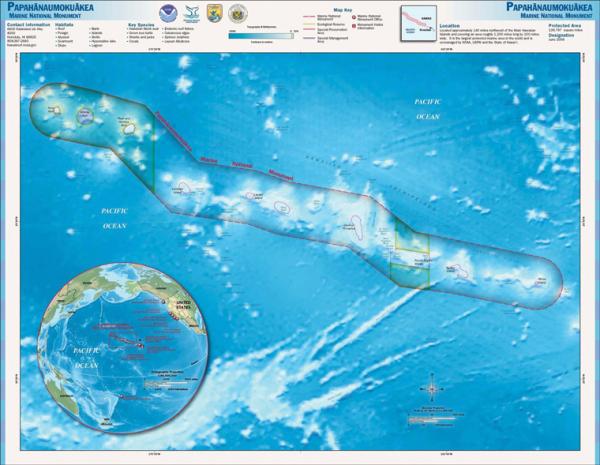Proceedings, January 2013
Marine Protected Areas (MPAs) are designated sites found throughout the World Ocean that are set aside for special protection and management. They conserve and protect sensitive ecosystems as well as cultural history. Governments ranging from the national to the local levels have established MPAs in almost every coastal nation in the world.

The United Nations Law of the Sea Treaty (UNCLOS) gives signatory coastal states a 200-mile wide Exclusive Economic Zone (EEZ). This includes a 12-mile-wide territorial sea where those countries have full sovereign rights. Beyond that point, states have quasi-sovereign rights to regulate almost all activities out to their 200-mile boundary. Thus coastal states have clear authority to establish MPAs within their EEZs. However, at present most are located within territorial waters. Read More




